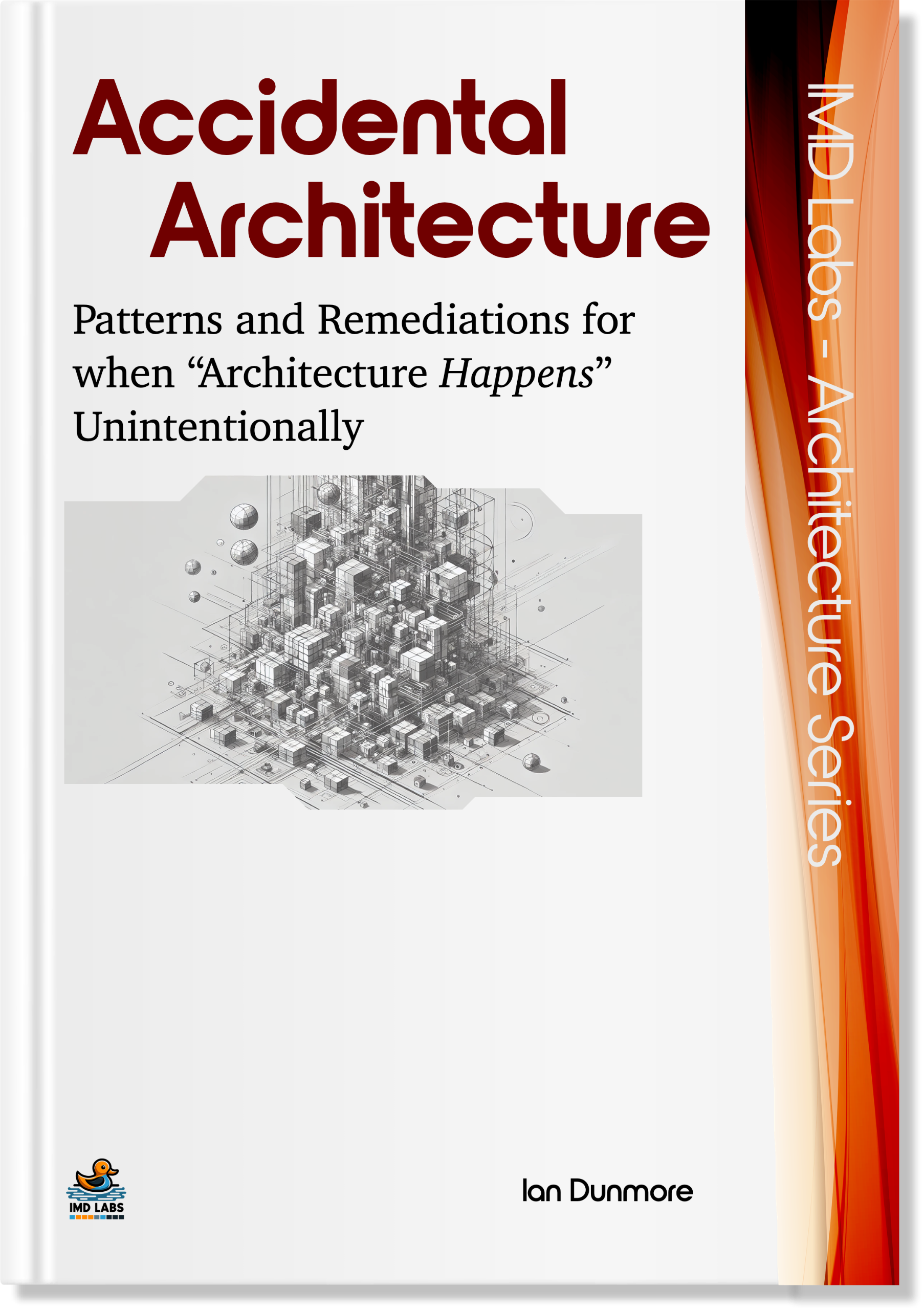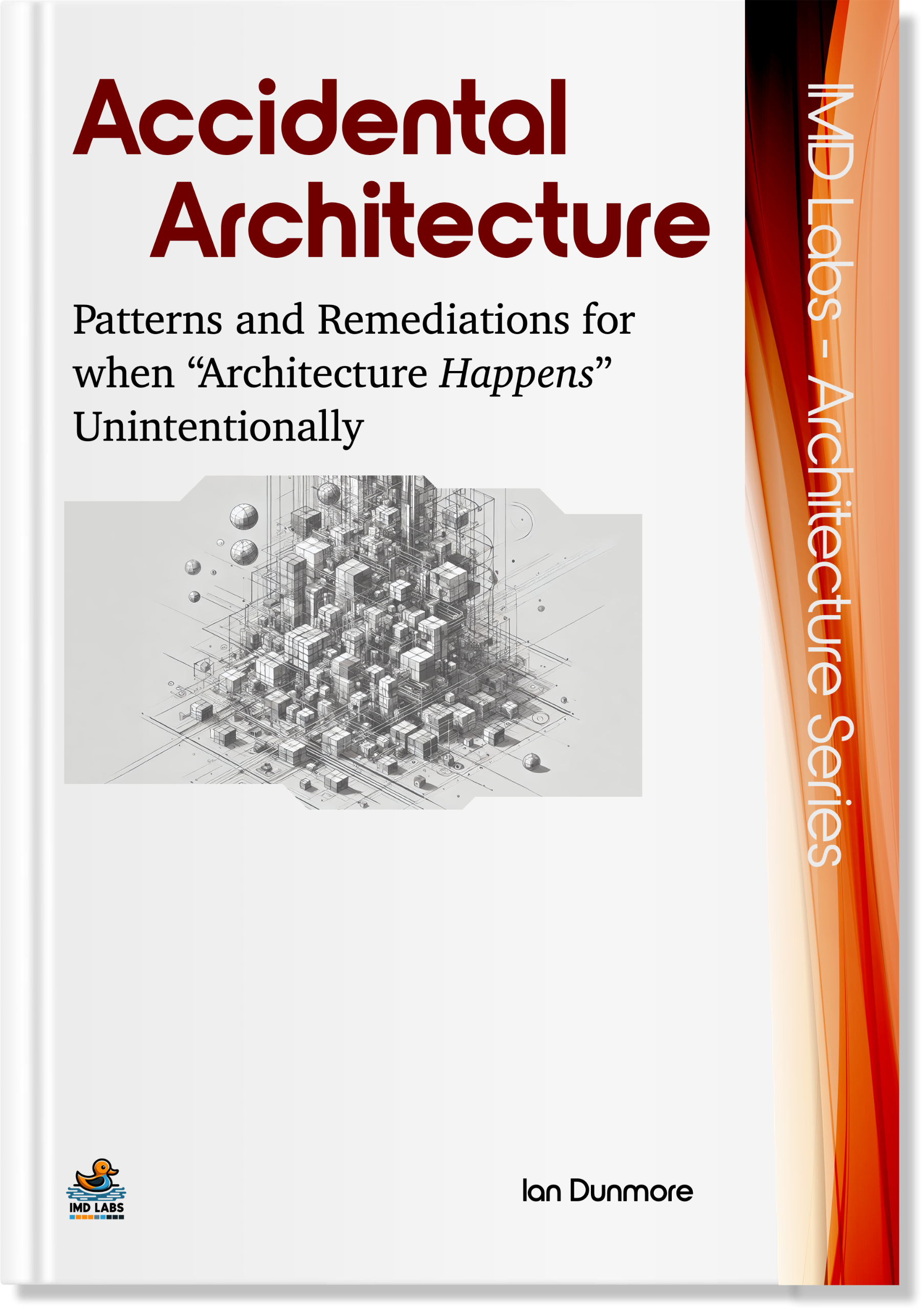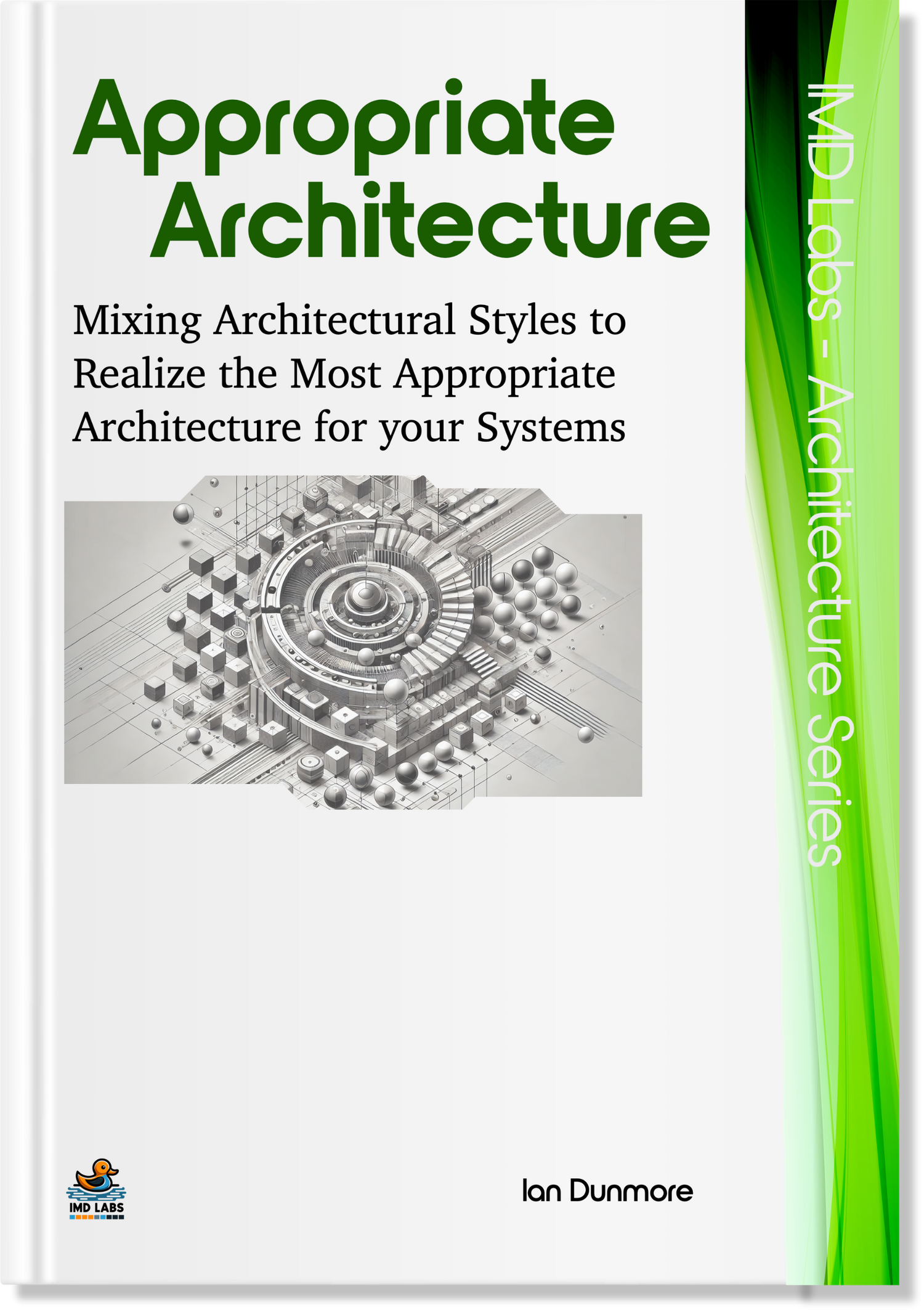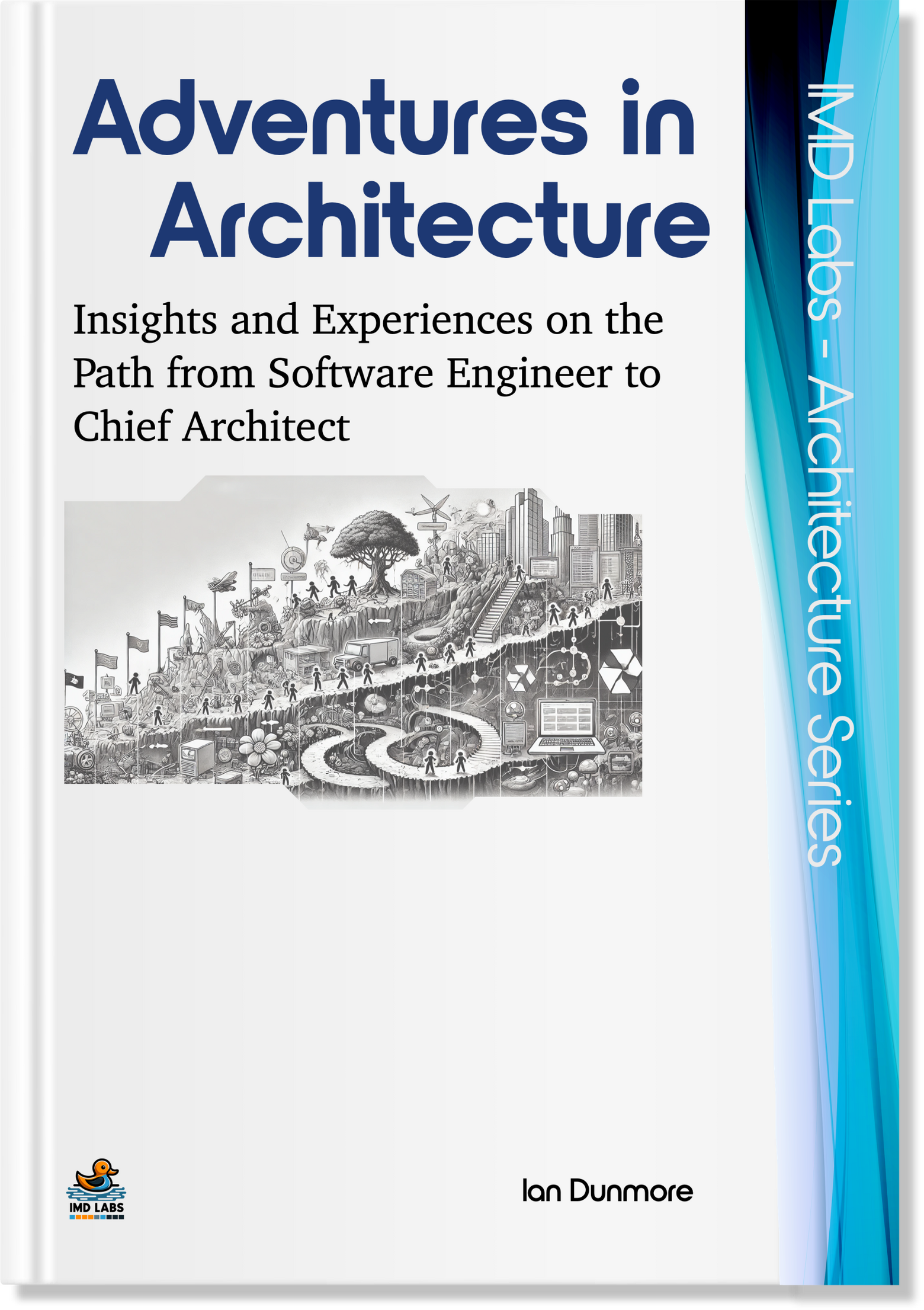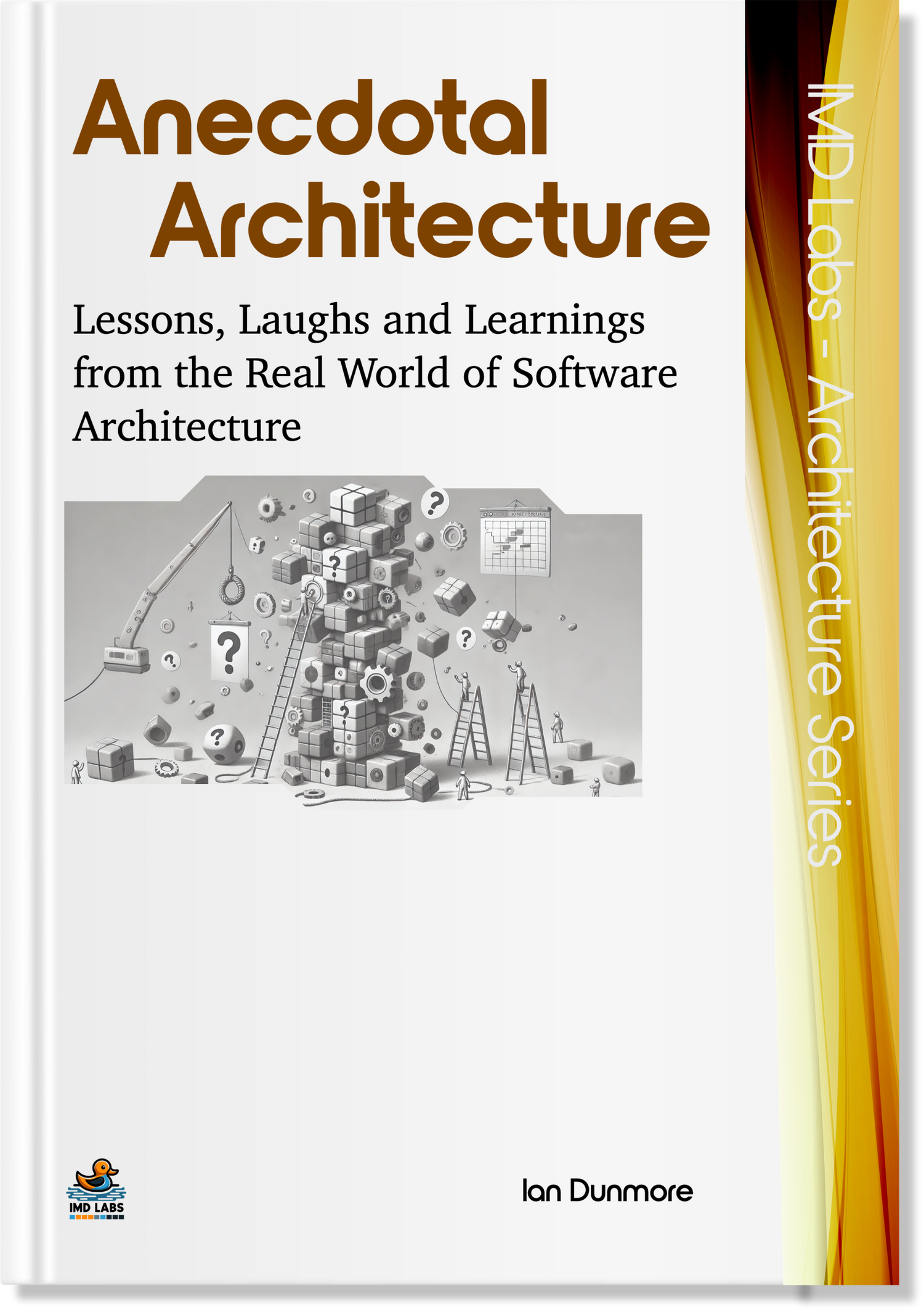
Accidental Architecture explores the development of software systems that arise from unintended decisions and organic evolution rather than deliberate planning.This book examines the pressures that lead to such "accidental architecture", such as prioritizing immediate deliverables over long-term planning, and the consequences of these choices.On a practical level, it offers strategies for identifying, managing and refactoring these systems, helping professionals turn accidental architecture into intentional designs and well-architected systems, while appreciating the benefits of organic growth.
Get a free digital copy upon release (first 100 sign ups).

Summary
In the fast-paced world of software development, architecture is often thought of as a deliberate, meticulously planned foundation. But what happens when architecture emerges not by design but by "accident"; in other words "architecture happens"? Accidental Architecture delves into the fascinating, chaotic realm of systems shaped by unintended decisions, organic evolution, and the silent rebellion of developers against architectural intentions.This compelling exploration uncovers the forces that drive unintentional architecture, from the pressure of shipping features over long-term planning to the ripple effects of seemingly trivial technical decisions. Drawing from real-world scenarios, the book examines how systems grow in complexity as teams prioritize immediate deliverables, circumvent best practices, or neglect architectural oversight altogether. It sheds light on the tension between developers, architects, and stakeholders, revealing how well-intentioned shortcuts and communication gaps can give rise to sprawling, fragile systems.But this is not a story of doom.Accidental Architecture provides a framework for identifying, understanding, and managing these organic systems. It equips software architects, team leads, and developers with strategies to tame the chaos, refactor with intent, and turn the accidental into the intentional. Through its insights, readers will not only learn to navigate the messy middle of evolving systems but also gain an appreciation for the unexpected beauty—and occasional brilliance—of architecture that was never planned.Perfect for software professionals seeking to reconcile their ideals with the realities of complex systems, this book offers a profound, enlightening perspective on how architecture is not just designed but lived, adapted, and survived.
